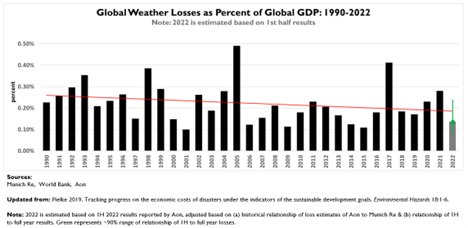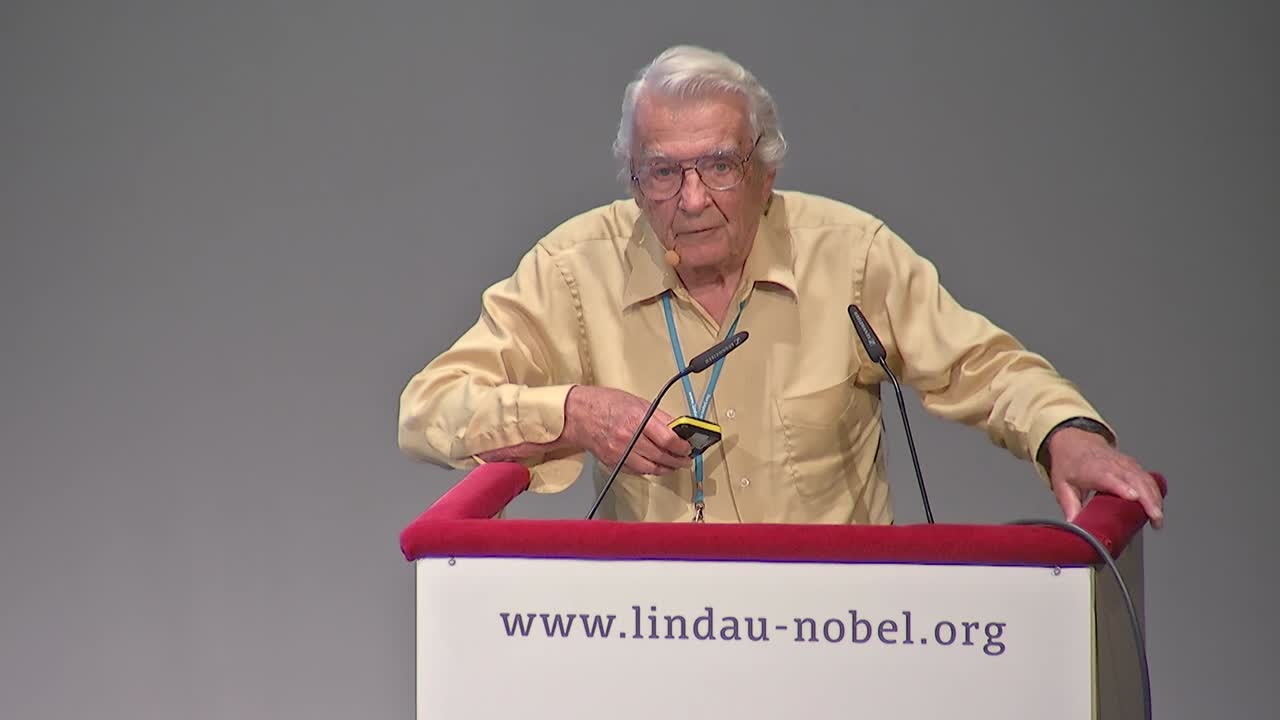The Fresno Bee published an article, “Nearly half of Fresno residents will flee due to climate risks, report predicts,” covering the claims of a climate risk assessment firm, First Street. The firm claimed that over 45 percent of Fresno County’s population will abandon the area by 2055, due to climate change driving rising insurance costs and lower property values. First Street’s claims are pure speculation, lacking any basis in real world evidence. The Fresno Bee offers fair skepticism of the firm’s assessment. These kinds of claims are made often with little evidence. In reality, Fresno home values are increasing and insurance rates are not driven by climate change.
The Fresno Bee reported that First Street’s report predicted that “Fresno’s hot weather and poor air quality could continue to worsen, driving down the desirability of the homes and pushing up insurance rates.”
Average temperatures have slightly increased in Fresno county since the beginning of the 20th century, but much of this is likely due to the urban heat island effect. Fresno’s population went from merely 12 thousand people in 1900, to over half a million by 2020.
Fresno is located in the San Joaquin Valley, which is famous for trapping air pollution from vehicle exhaust and industry. Geography dictates this, as does day to day weather. Amid recent climate change, over the last five years air quality has improved in Fresno, in contrast to what First Street said is happening.
Additionally, according to Zillow’s housing market analysis, Fresno home values have increased since at least 2017.
From the outset of its article, The Fresno Bee exercised fine journalistic practice by viewing First Street’s claims through a critical lens. This is always good practice but especially so when the claims made by individual or organization are unusual and the person or organization making them comes at the topic with a pre-determined point of view. First Street is not a “risk” analysis firm, rather its stated mission is, “[c]onnecting climate and financial risk . . . to quantify and communicate the risk for every property in the country.” If a risk to a community can’t be portrayed as being caused by climate change, First Street doesn’t care about it or ignores it.
Concerning the claim that insurance is becoming more difficult to obtain and more expensive because of climate change, there is no evidence that the modest long-term rise in global average temperatures has had anything to do with rising insurance premiums, as Climate Realism has demonstrated several times, such as here, here, and here. Other factors like inflation, labor and construction costs, government regulations, increasing property values, and government subsidies in hazard-prone areas are driving rising insurance premiums. The overall global trend in losses due to weather has declined, not increased, over the past few decades. (See figure below)

To The Fresno Bee’s credit, the people they interviewed about First Street’s analysis were skeptical of the firm’s extraordinary claims. One local professor rightly said that although climate change induced changes to weather could make people leave, “predicting the magnitude gets shaky because it includes so many factors.” Other experts consulted by the Fresno Bee also expressed skepticism about First Street’s analysis, saying that it doesn’t account for the wide variety of factors that greatly influence local population trends. Particularly, the ability for municipalities to adapt and “compensate” for any weather changes that could occur over time; “First Street projected out to 2055 assuming no change to modern mitigation,” one expert explained. Another expert consulted by the Fresno Bee pointed out that rather than abandoning “hot areas,” residents are developing or installing better cooling technology. The same can be said for flooding, which is an urban planning and engineering problem, not a climate problem.
Unfortunately, the Fresno Bee, did engage in a modest degree of unjustified alarmism, claiming that the San Joaquin Valley “could expect to see wider fluctuations in precipitation,” and that it “got a taste of those fluctuations in 2023 when unusually heavy rainfall fell on the snowpacked Sierra and resurrected Tulare Lake.” The implication being that the “fluctuations” were caused by climate change.
However, this connection is false. As this Climate Realism post explained at the time, this weather was not in fact unprecedented or unusual. The so-called “unusually heavy” rain was actually well in line with historic norms for the region. The Fresno Bee and alarmists pushing the idea that 2023’s weather was unprecedented failed to examine the long historical record demonstrating that the Valley is prone to swings between drought and deluge.
Despite these ahistorical claims, the Fresno Bee should be given kudos for seeking out experts who were skeptical that climate change would cause Fresno’s population to shrink dramatically or the area’s property values to decline sharply, and thus not allowing First Street’s alarmist claims to go unchallenged. History and data tend to undermine First Street’s predictions of climate change induced doom.


